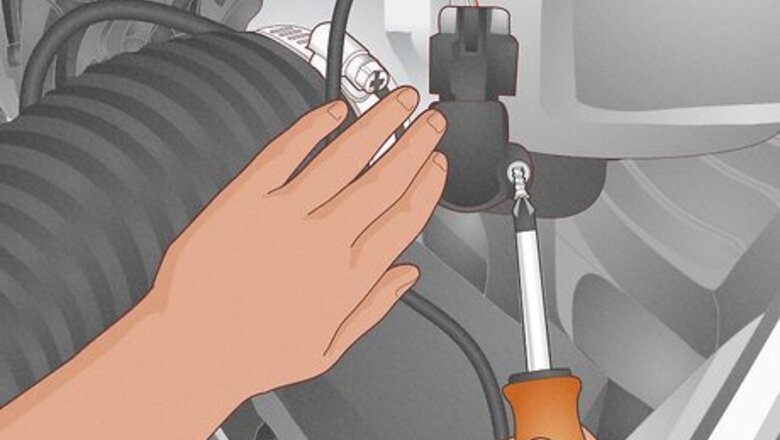
views
- Reset the MAF sensor by idling your engine without the sensor installed for at least 10 seconds.
- You can also reset the MAF sensor by removing the negative battery terminal and waiting 10 minutes.
- You may be able to drive without the MAF sensor, but it’s bad for your engine to drive without the sensor for too long.
Resetting the MAF Sensor by Idling
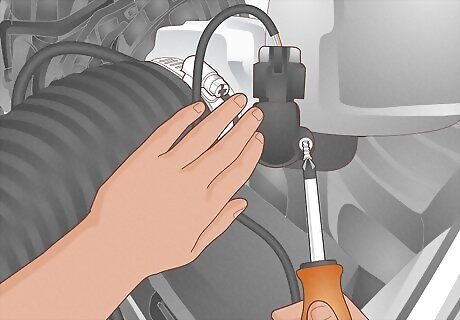
Remove the MAF sensor with a screwdriver and take it out of the engine bay. With your engine off, locate the sensor in your engine bay (it’s usually between the air filter and the engine manifold). Gently unplug the wires leading into the sensor. Then, grab a screwdriver and remove the fasteners holding the sensor in place to remove it. On some newer, modern MAF sensors, you can press a small reset button instead of idling. This is relatively rare though, and you’ll likely need to reset it manually via idling or removing the battery terminal.
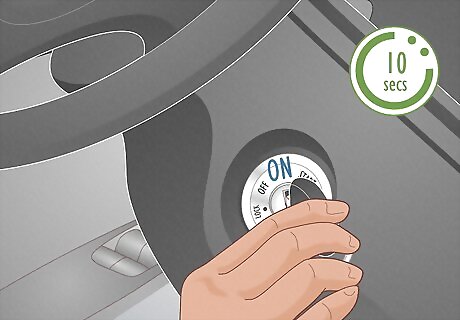
Turn your vehicle on for at least 10 seconds. With the sensor removed, put the key in your ignition and turn the car on. Wait at least 10 seconds for the air to flow through your intake and engine without the sensor attached. Your engine’s computer (the engine control module, or ECM) will realize that the sensor is missing and automatically reset its settings. When you reinstall the module, your ECM will realize there’s a module now and take new readings. If you want to be 100% positive the ECM gets a clean reading, you can let the vehicle run for 1-2 minutes.
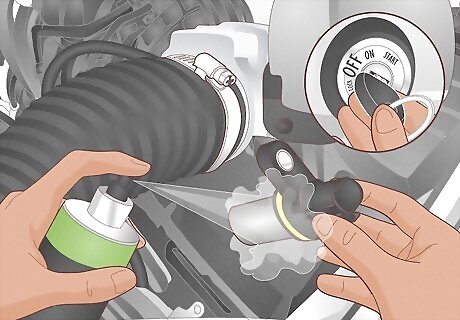
Shut the engine off and clean or replace the MAF sensor. Pop your hood again and either install the new MAF sensor, or clean the old sensor and reinstall it. Installing a new sensor is easy. Simply plug the wires back into the color-coded ports and screw it in place where you removed the old one. To clean the sensor, purchase a mass air flow sensor cleaning spray and follow the instructions on the label. Typically, you just spray the body of the sensor and wait before wiping it clean. Install the mass air flow sensor the same way you removed the old one.
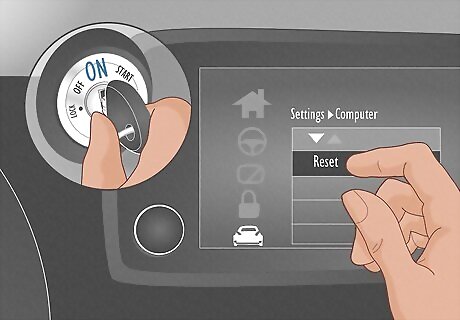
Turn the vehicle back on and reset any computer codes. With the new sensor installed, hop back in the driver’s seat and turn the vehicle back on. Give it a minute to warm up and confirm that your engine isn’t shaking, rattling, or making noise. If you need to reset anything on your computer screen, follow the instructions on the prompts. You may have a check engine light pop on depending on your make and model. Either manually reset the check engine light, or complete a drive cycle to clear the error.
Resetting the MAF Sensor by Disconnecting the Battery
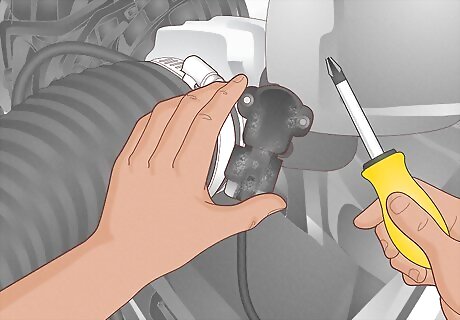
Remove your old MAF sensor with a screwdriver and remove it. Turn your car off and pop the hood. Unplug all of the wires that connect to your MAF sensor and then use a screwdriver to remove the fasteners holding it in place. Take the old sensor out of the engine bay.
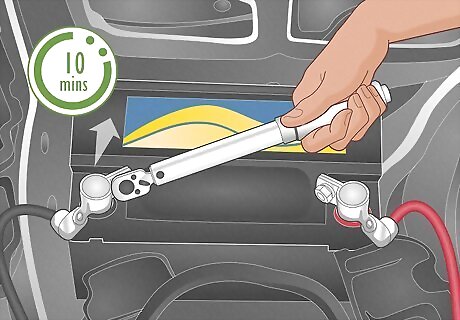
Disconnect the battery’s negative terminal for 10 minutes. Pop the cover on the negative terminal on the battery. Grab a wrench and unscrew the fastener on top of the cable holding it in place. Unscrew the fastener and pull the cable off of the terminal. Press the car horn for a few seconds and then wait at least 10 minutes. When you remove the MAF sensor, your vehicle’s engine control module will need to reset. Removing the battery terminal and discharging the battery for 10 minutes will force a full ECM reset.
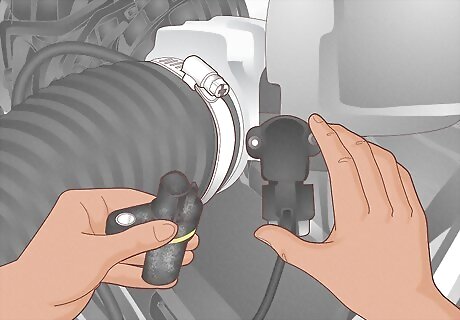
Replace or clean your MAF sensor and install it. While you’re waiting the 10 minutes for the battery terminal to finish discharging, you’ve got time to work your magic. Either clean the old sensor if you think it’s still got some life left in it or install your new MAF sensor the same way you removed the old one. Use a mass air flow sensor cleaning spray to clean out your MAF sensor before reinstalling it.
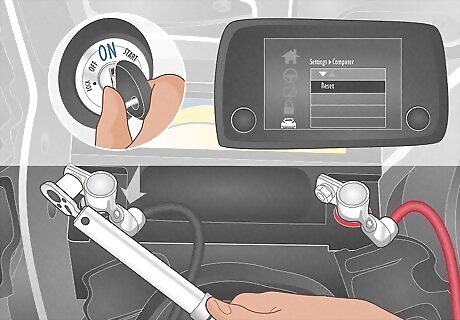
Reconnect the battery, start the car, and clear any error codes. Put the cable back on the terminal and install the fastener on top with your wrench. Then, turn the ignition to start the car and confirm that the engine is running smoothly. If you have any error messages on your computer screen, clear them by following the prompts. You may need to reset the check engine light or complete a full drive cycle.
Symptoms of a Malfunctioning MAF Sensor
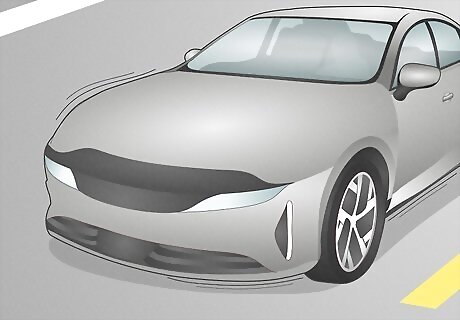
Poor engine performance Your engine relies on a carefully measured mixture of air, spark, and gas to run properly. If the MAF sensor is bad, your vehicle’s computer won’t know how much air the engine needs. This can lead to basically every potential engine problem depending on whether there’s too much air or not enough air. You may notice: Your vehicle jerking when you accelerate or pulling forward when you’re hitting the brakes. Your vehicle shaking, jerking, or stalling when you idle. You get poor engine performance and poor gas mileage. Your car won’t start or shuts off randomly when you’re driving.
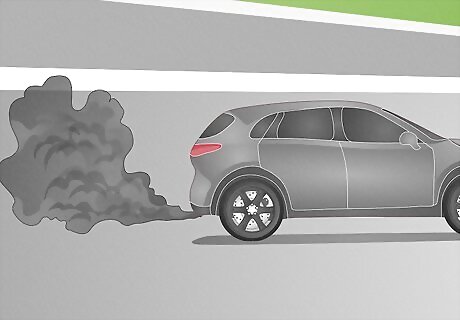
Black smoke Billowing black smoke coming out of your exhaust pipe is a sign that your engine is getting too much fuel. This usually happens when the MAF sensor goes bad and your engine starts to receive an inconsistent amount of air. If you occasionally see black smoke coming out of the exhaust, it’s almost certainly a bad MAF sensor. If the black smoke is persistent and you haven’t started doing any diagnostic work, look at your fuel injectors. It’s more likely that constant black smoke is a sign of excess fuel injection, not bad air flow.
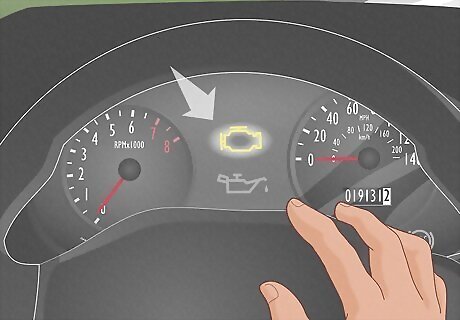
Check engine light In most vehicles, your car’s computer will figure out something is wrong with the airflow readings. When this happens, a check engine light will pop up on your dashboard.
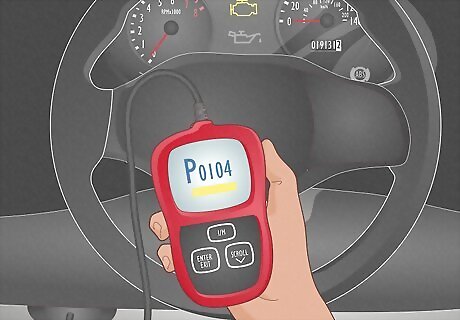
OBD-2 codes starting with P10 If you have an OBD-2 scanner, plug it into the OBD port under your steering wheel and run a scan. If the code that pops up starts with “P10…” it’s almost always going to mean it’s time to replace your mass air flow sensor. The common codes are: P0100 – Mass air flow circuit not working correctly (the MAF sensor is bad) P0102 –Low mass air flow circuit (there’s not enough air in the engine) P0103 – High mass air flow circuit (there’s too much air in the engine) P0104 – Inconsistent air flow circuit (your engine has not enough air, then too much, and so on) P0171/P0174 – Contaminated air flow circuit (something is leaking into the air inside your engine)
Can my car run without an MAF sensor?
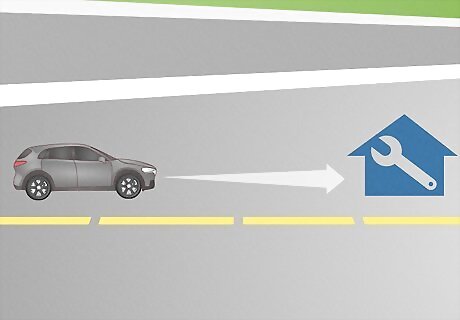
For a short period of time, maybe, but it’s not a great idea. Some people notice that their vehicle actually runs just fine without the MAF sensor. That’s because some modern vehicles have an “override” setting for emergencies where their vehicle runs on a default air/fuel/spark mixture. It’s okay to drive a vehicle this way a short distance if you’re going to a mechanic, but driving without the MAF sensor for too long can lead to expensive engine damage. If you are going to drive without an MAF sensor, try to maintain a consistent speed and avoid accelerating and braking over and over again.
When do I need to replace the MAF?
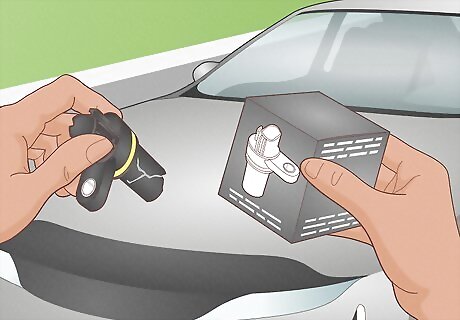
You only need to replace the MAF sensor if it gets damaged. The MAF sensor is typically a very resilient component, and unless you drive on dirt roads frequently, you probably shouldn’t have to replace the sensor unless something goes really wrong. You should clean the sensor after you’ve driven 200,000 miles (320,000 km) or more, but it shouldn’t require replacement. Sensors can fail, but it’s relatively rare unless there’s contamination in your engine.



















Comments
0 comment